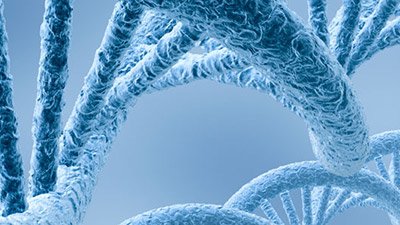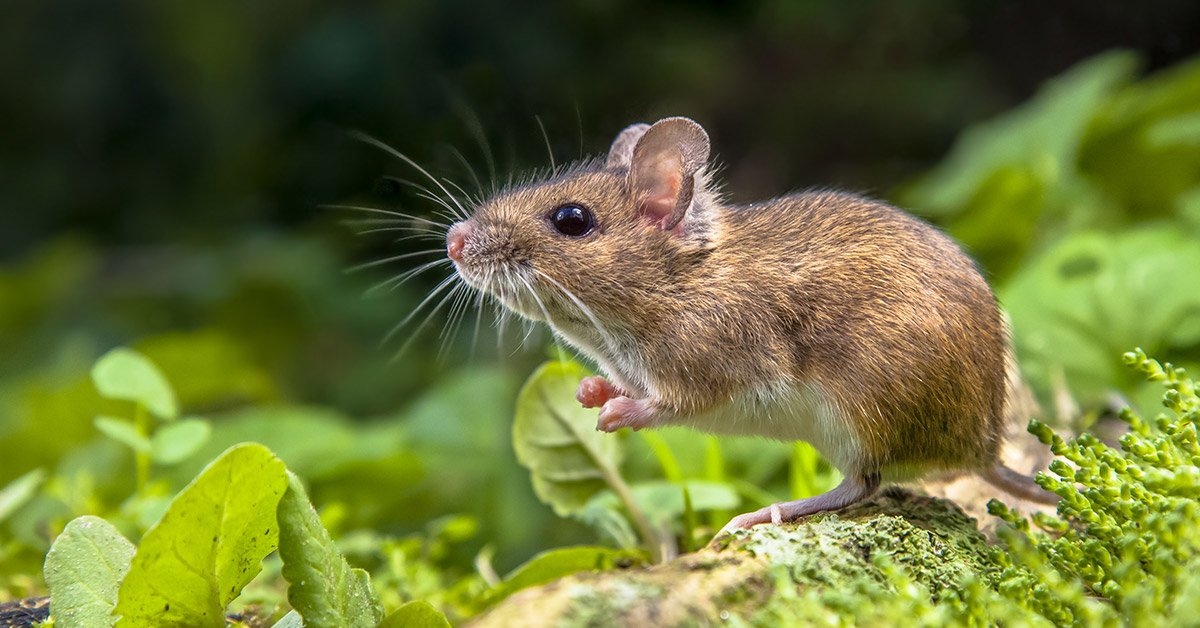Epigenetic On-Off Switches
Epigenetic inheritance allows rapid adaptation without loss—or gain—of information.
News Source
- Brisbane Times: “DNA Twist Puts Evolution on Speed”
Inheritance of acquired characteristics? It sounds impossibly Lamarckian, but it’s not because no actual genetic change is involved. Sydney researchers led by Catherine Suter report inheritance of an acquired characteristic without a genetic change in Agouti mice.
Epigenetic changes are modifications of regulators of gene expression. They result in a phenotypic change without alteration in genetic sequences. If epigenetic changes affect the DNA in germ cells or if organisms prone to develop these changes possess a selective advantage, the phenotype may be passed on to offspring. Heritable epigenetic changes have been reported in plants, fruit flies,1 mice, roundworms, and humans.2
Yet whenever the factor triggering the epigenetic change goes away—because the actual genome has not changed—the epigenetic change can be reversed and population demographics return to normal.
If the new phenotype is advantageous, natural selection may lead to an increase of that phenotype in a population. Yet whenever the factor triggering the epigenetic change goes away—because the actual genome has not changed—the epigenetic change can be reversed and population demographics return to normal.
Since there is no genetic change involved, there is no loss of information. But despite the hopes of evolutionists that this epigenetic form of inheritable change could be an agent of evolution, epigenetic change also does not result in the acquisition of new information. Existing genes are simply switched on and off. Therefore, epigenetic change is instead a reversible method of adaption leading to temporary variation within a kind of organism.
Research involved genetically identical highly inbred Agouti mice. These mice all possessed a mutation of one dominant gene causing them to be fat and yellow.3 Gene regulation determines whether a gene is expressed or not. This particular mutation is known to be subject to epigenetic changes—changes in its regulators—induced by foods supplying a particular substance (methyl donors). When fed that food, the gene for being fat and yellow gets switched off and the mice become lean and brown.
The researchers therefore fed male mice the special diet to turn off their fat-and-yellow allele and then bred them with normal females. They repeated this over the course of four generations, in each generation only breeding lean brown mice—those with the deactivated gene. Finally, they stopped the diet. The next generation was still lean and brown. But after that, the lean brown mice reverted to having fat yellow offspring. The epigenetic change had worn off.
Although the research team has not yet been able to determine the molecular mechanism of this particular epigenetic change, whatever change is being induced by the special diet is only inherited temporarily. This experiment demonstrates a way environmental changes can trigger inheritable changes without loss of genetic information with reversion to the original phenotype when the environmental challenge goes away. Although the researchers were the agents of selection, in the wild the same sort of result would probably occur, as fat yellow mice aren’t as hardy as lean brown ones.
“This kind of reversibility could be very advantageous if a change in environment was only temporary. Populations could revert to the way they were before fairly rapidly, if need be, because a genetic change hasn't occurred,” says Suter.
Evolutionists have suggested epigenetic changes could have a role in evolution, “but there has never been any evidence of it up until now,” says lead author Jennifer Cropley. There still isn’t. This study demonstrates no sort of evolution that could be extrapolated to produce a new kind of organism. Instead it reveals a mechanism God put in place to allow plants and animals and possibly even people to adapt to changes without losing genetic information.
Further Reading
- Epigenetic Code: Hidden DNA
- Non-Genetic Traits Lengthen Roundworm Life Span
- News to Note, August 27, 2011
- News to Note, October 1, 2011
- ‘Junk’ DNA: Evolutionary Discards or God’s Tools?
- The Natural History of Retroviruses
- Genetics of Coat Color II
For More Information: Get Answers
Remember, if you see a news story that might merit some attention, let us know about it! (Note: if the story originates from the Associated Press, FOX News, MSNBC, the New York Times, or another major national media outlet, we will most likely have already heard about it.) And thanks to all of our readers who have submitted great news tips to us. If you didn’t catch all the latest News to Know, why not take a look to see what you’ve missed?
(Please note that links will take you directly to the source. Answers in Genesis is not responsible for content on the websites to which we refer. For more information, please see our Privacy Policy.)
Footnotes
- Jennifer E. Cropley, THurston H. Y. Dang, David I. K. Martin, and Catherine M. Suter, “The Penetrance of an Epigenetic Trait in Mice Is Progressively yet Reversibly Increased by Selection and Environment,” Proceedings of the Royal Society B, February 8, 2012, doi: 10.1098/rspb.2011.2646.
- Megan P. Hitchins et al., “Inheritance of a Cancer-Associated MLH1 Germ-Line Epimutation,” New England Journal of Medicine 356 (February 15, 2007):697–705, doi: 10.1056/NEJMoa064522.
- The mutation is well described, having appeared in the mouse population several decades ago. This particular mutation involves the relocation of a mobile piece of DNA, a sort of jumping gene. See “Genetics of Coat Color II” for more information.
Recommended Resources

Answers in Genesis is an apologetics ministry, dedicated to helping Christians defend their faith and proclaim the good news of Jesus Christ.
- Customer Service 800.778.3390
- © 2024 Answers in Genesis








